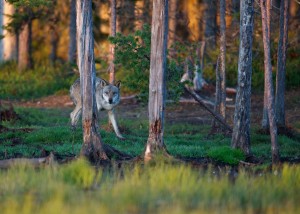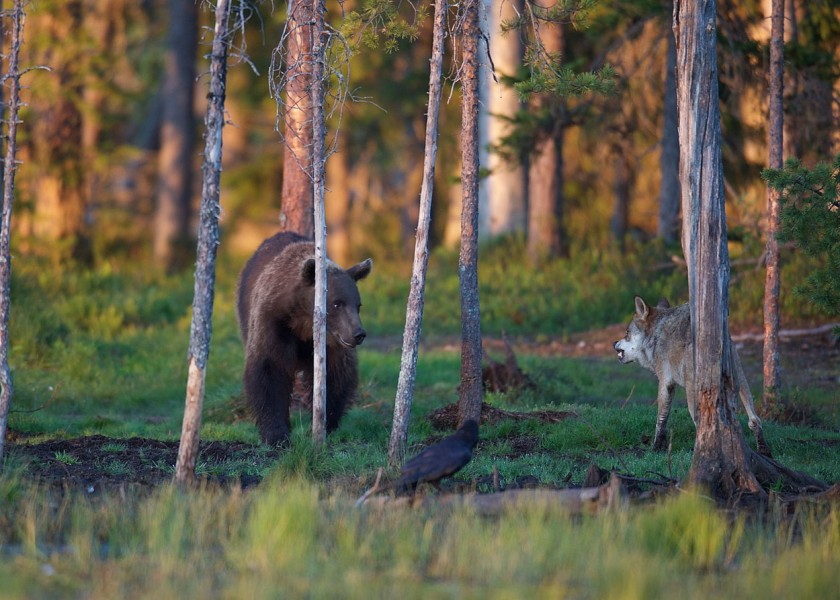Well, firstly, I guess I should start with an apology for what has been an inordinately tardy blog post. However, the spring-time palette of colour that greets my gaze as I stare into the garden is certainly a stark, albeit very pleasing!, reminder that the year is running away already.
Of course, the visits to Wapusk and the frozen north have dominated the first few months of the year, and created their own avalanche of admin. On the positive side, this does mean that the images are likely to be seen even more widely as the year progresses, in addition to the outlets that have already made use of some of them, but as a negative there has had to be an awful lot of behind-the-scenes work to make that happen.
Finally, though, the end to all that preparatory work is now here, and I’ve even managed to get a gallery of a selection of the images onto the site. Some of these will be exhibited for the first time in public in July this year, but more on that will follow in the next posting!
There are also a range of updates coming to the website in general over the next few weeks – a statement that admittedly needs a little more action, and a little less conversation…shall we say! However, rest assured, some of these additional updates are imminent!
Watch this space…ok, but not too closely…just in case 😉
The other principal reason for the delay in putting cursor to screen in the last month has been because, as many of you will know, this is the season when wildlife photographers around the globe frantically scramble through hard drives to select their best images of the previous year as all the deadlines for the industry’s most prestigious competitions all seem to sneak up on you at once.
Hence, the last 5 weeks have seen a lot of late night searching, choosing, checking, dismissing, head-scratching, re-choosing, deleting and ultimately shutting one eye and hoping as the raw files are assembled. It’s then a matter of firing your best hopes into an internet abyss (gone are the days of a desperate last-day, next-day delivery of slides thankfully!) and waiting.
As the deadlines come and go, you either get the “thanks but no thanks” email, or one with a more positive outcome, moving your images onto the final stages.
Whilst not wishing to tempt fate, at present I’ve managed to fluke seven pictures through to the final stages of the two biggest competitions, and whilst that’s still a million miles away from making the final cut, it does mean that I do at least have a reason to keep fingers and toes firmly crossed….
It is an aspect of this competition element that I actually wanted to talk about this month, just in case you were still wondering what on earth the title of this posting was going on about! (assuming you’re still awake of course…).
As you will be aware from looking around the site, all the images that I supply to publications, print for fine art, produce as greetings cards or get distributed via the media are exactly as I saw them. I want the experience you have from the image to be the one I had through the viewfinder – nature isn’t perfect, so why should we pursue the ridiculous ideal that we need to somehow make it appear that way?
What many of you will not realise of course, is that a large proportion of the images you see in general circulation, unfortunately, are not shot in the same way, and it is at competition time that this issue comes to the fore.
Baiting is of course a simple way of commoditizing nature; turning it into a guaranteed experience – to a large degree – and moving it away from a true, wild, interaction. It happens in a widespread fashion, and is especially prevalent in a number of key species.
For example the vast majority of shots featuring snowy owls hunting have been produced by the placing of, sometimes live and restricted, bait on or under the snow, in a beautiful clear setting so that a barrel of photographers can get their image (almost all will be the same of course…), and the guide makes his money.
You can repeat this right across the owl world in reality, and indeed it is birds that do account for the vast majority of cases such as this.
For example, consider those incredible shots of kingfishers leaving the water, fish clamped firmly in the beak, or indeed entering a river at breakneck speed – all amazing pictures, and yet, for the most part, staged.
This is usually achieved by submerging a glass tank containing a fish beneath an appropriate perch, and setting up the camera. The fish can go nowhere, and the kingfisher has an easy target. Likewise, the photographer knows exactly where to focus.
Similar situations exist for many songbirds who are attracted to baited perches, eagles and ospreys that are thrown fish at defined intervals and so on and so on.
Even in the reptile world, consider those show-stopping chameleon pictures you see, tongue fully extended and hitting a bug fair and square. Ask yourself….does that perfect framing, and “lucky” moment where an unfortunate insect finds itself at a perfect distance from its hunter happen very often when a photographer happens to be nearby? Of course not. The insect is held to the branch, the chameleon put into position.
There is an argument that baiting in some circumstances does have a benefit. Some species, for example, that would otherwise never be seen, and perhaps are so endangered that without the opportunity to check on their welfare, or indeed show the world that these beautiful creatures do indeed exist.
 Take Finland, for example, where the wolf and brown bear population has been massacred in the last century. Now, in a couple of remote sites near the Russian border, some more far-sighted individuals have developed the opportunity to view these giants of European fauna from (small, cramped, hot) hides as they emerge from forests in the evening to check if the occasional bits of roadkill that the hide operators re-position in clearings are present.
Take Finland, for example, where the wolf and brown bear population has been massacred in the last century. Now, in a couple of remote sites near the Russian border, some more far-sighted individuals have developed the opportunity to view these giants of European fauna from (small, cramped, hot) hides as they emerge from forests in the evening to check if the occasional bits of roadkill that the hide operators re-position in clearings are present.
They are not there every night, and there is not a year-round supply of road-kill that is put there. Yes, it is baiting to some degree, but this is far more ecologically thought-through: for the bears and wolves in the area, simply checking these sites is just part of their territorial routine, a fact borne out by virtue of the fact that there are no guarantees of appearance.
Without such sites, these wonderful animals would be forgotten, and there is no doubt that the opportunity to see, study and photograph them has furthered the understanding of what would otherwise be extremely elusive forest-dwellers, and highlight their conservation plight.
It might not be a perfect answer, but it does at least serve a purpose.
See you next month!
